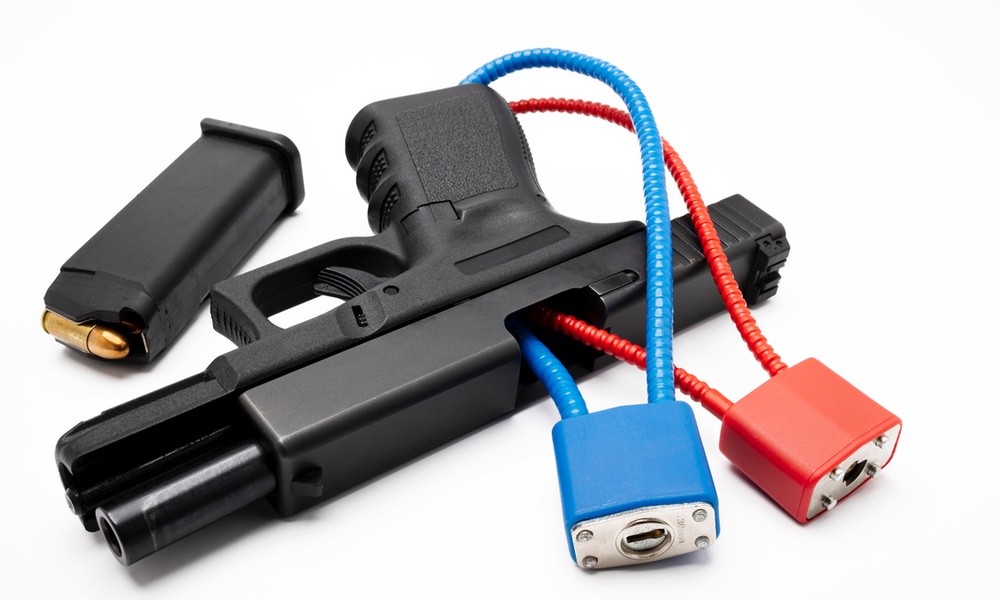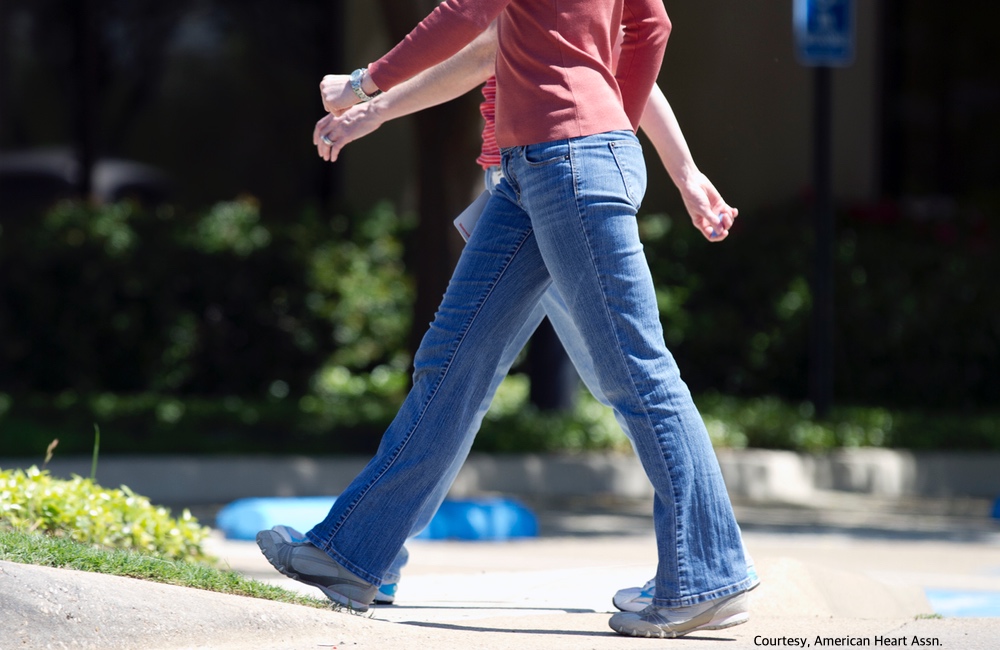More than 357,000 students have experienced gun violence since the 1999 mass shooting at Columbine High School in Colorado. Now a new study identifies where adolescent shooters are getting their guns. The answer? At home.
The findings come from data collected in the American School Shooting Study which included 253 shootings from 1990 through 2016 . Most of the shootings were perpetrated by adolescents 19 years or younger and included at least one gunshot injury or death.
Most of the guns were obtained illegally:Only 2 percent of the guns used in school shootings were obtained through a licensed dealer.
- About 42 percent of adolescent school shooters obtained their firearm from relatives, mostly through theft.
- About 30 percent got a firearm off the street or from an illegal market.
- Twenty-two percent got a gun from a friend.
- Five percent from a stranger or victim.
- Only 2 percent of the guns used in school shootings were obtained through a licensed dealer.
With family members serving as the major source of guns used in school shootings, one of the best ways to prevent such tragedies is to make sure gun owners store their guns safely at home. “Ultimately, this study supports policies encouraging secure firearm storage in households and limiting adolescents access to firearms through legislative measures, educational campaigns or public health initiatives,” the authors wrote after analyzing the numbers.
- 85.5 percent of firearms discharged were handguns.
- 9.6 percent of firearms were rifles.
- 5.9 percent were shotguns.
- High-powered firearms accounted for less than a quarter of the shootings.
Even after analyzing the data, the study's authors were left with unanswered questions. “Despite more extensive media coverage, the increase of online publications and social media in the 21st century has not necessarily deepened our understanding of firearms used in shootings,” the researchers write. “Future efforts must prioritize consistent reporting procedures, especially for infrequent but significant events, such as school shootings and other notable violent acts.”
To get a better understanding of factors that might contribute to a teenager's ability to obtain a firearm, the team also looked at the economic backgrounds of the shooters and found that about 26 percent of shooter's households did not have high school diplomas and 10 percent were unemployed.Kids as young as three-years-old are strong enough to pull a trigger.
Four out of every 10 homes with children in America have guns — and kids as young as three-years-old are strong enough to pull a trigger.
What can family members who own guns do to help avoid a shooting tragedy? Massachusetts General Hospital offers these suggestions:
-
1. Speak to your child early and often about gun safety.
2. Keep all guns hidden from children and other family members.
3. Always unload firearms when they are not in use. Depending upon your individual situation, consider keeping the ammo in a separate location.
4. Keep firearms stored in a locked place such as a gun safe.
5. Put a different lock on each gun. Store the keys out of reach of your child and other family members.
The study is published in JAMA Pediatrics.





